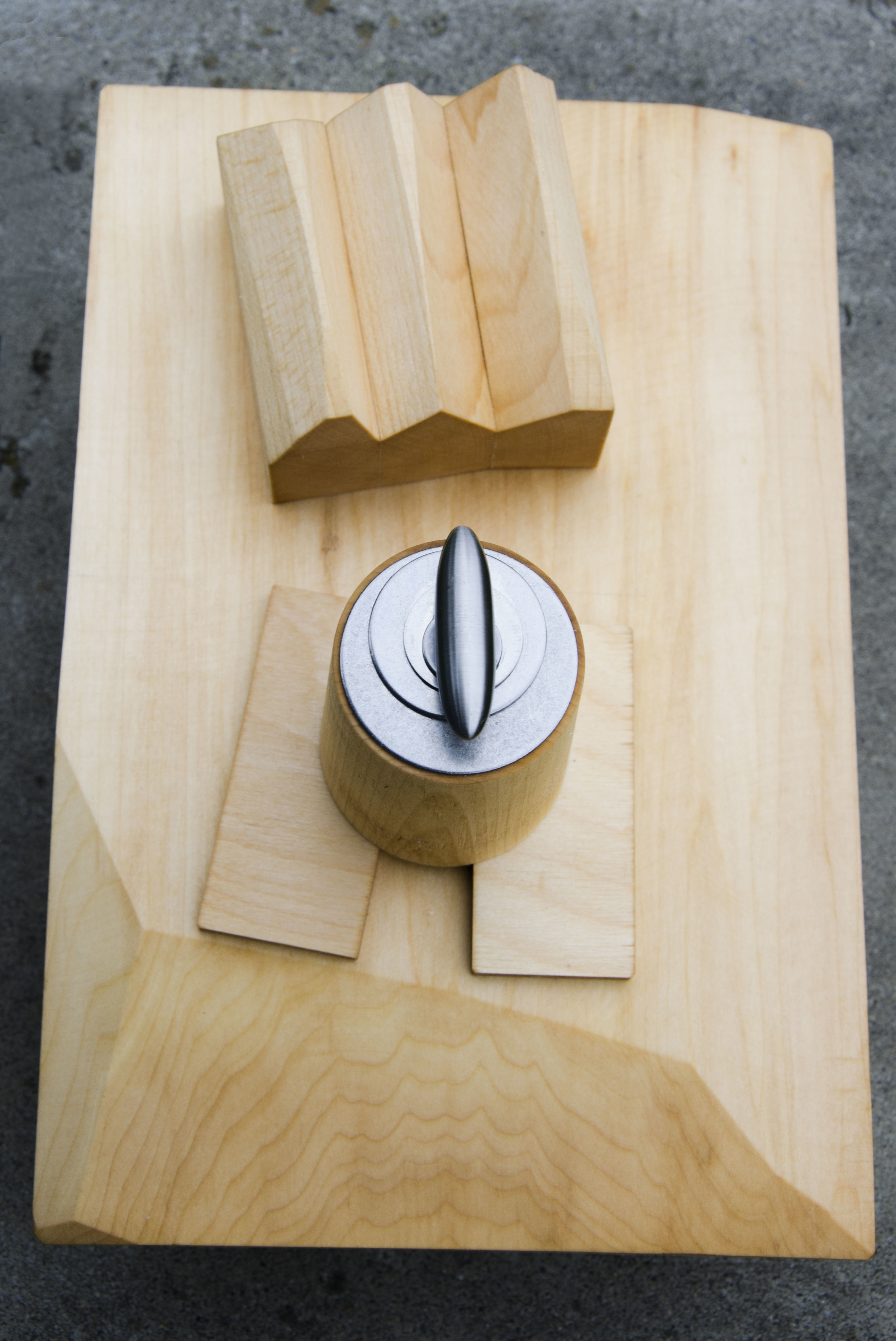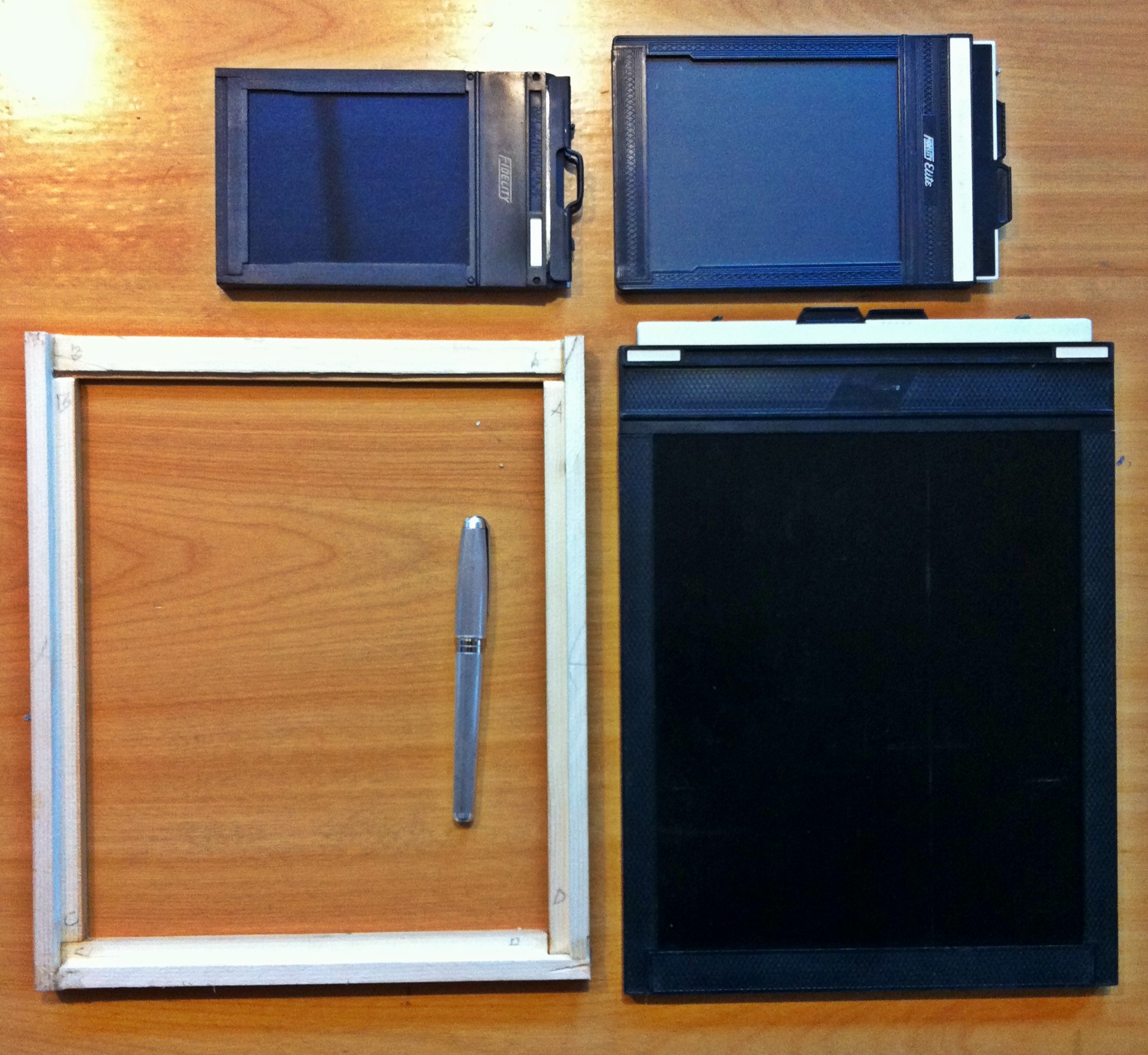These started out as an idea that the glass and steel would be annealed together and be as one, but the experts at Seattle Glassblowing said it would not work because of the incompatibility of thermal expansions of the materials. We used the steel structures as base forms and then either poured thick glass or blew shapes that could be removed. These glass pieces were then annealed and will be joined into the steel structures.
A couple of these pieces will be on display with a couple of framed photographs of the 8x10 film factory sculpture for the
INSIDE - Art by Architects show from July 8 - August 22, 2014 at the:
AIA Gallery AIA Seattle 1911 First Avenue Seattle, WA 98101 Tu-Fr 10-5
There will also be an opening for the show Friday July 11, 2014 from 5-7pm
http://www.aiaseattle.org/
This first image is showing final piece to be welded held with steel fingers:
This image shows the three welded vessels:
After molten glass is loaded into the steel vessel:
Here is the punti being formed to pick up glass out of vessel:
Punti pulling glass out of vessel:
Glass set into vessels, almost done - glass will be adhered to vessels, some vessels may be partially painted:















